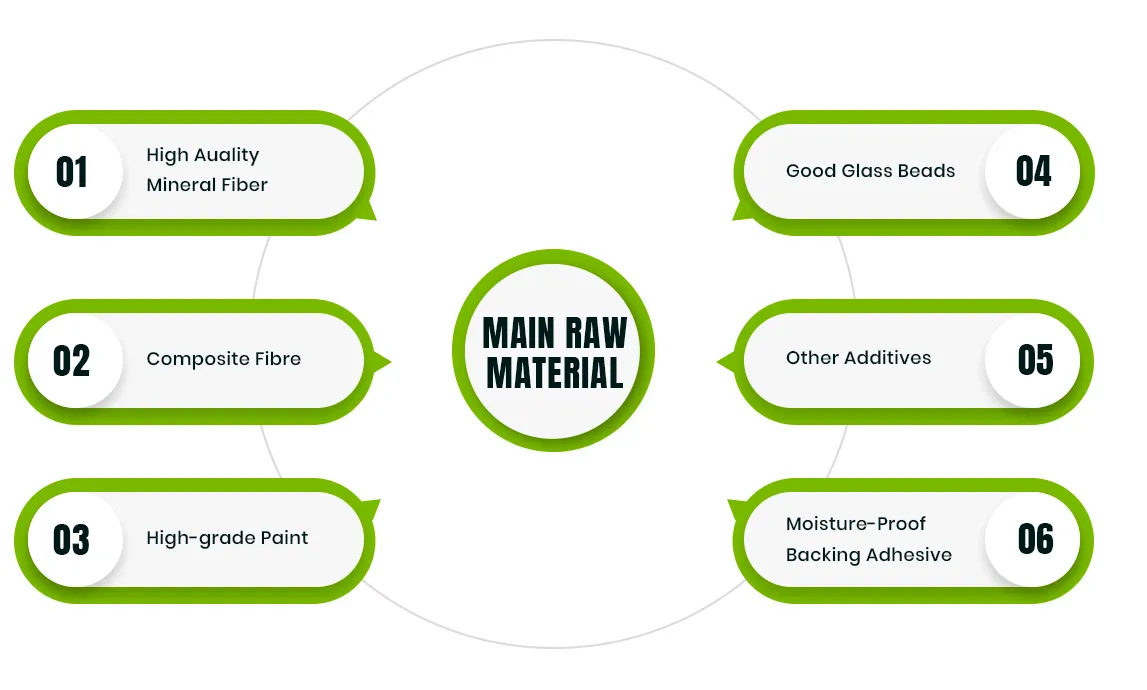10 月 . 05, 2024 11:54 Back to list
ceiling access doors and panels
Understanding Ceiling Access Doors and Panels Importance, Types, and Installation
Ceiling access doors and panels are essential components in both residential and commercial buildings. They provide convenient access to ceiling spaces, enabling maintenance, inspection, and repairs while ensuring the aesthetic integrity of the environment. This article explores the importance, types, and installation of ceiling access doors and panels.
Importance of Ceiling Access Doors and Panels
One of the primary functions of ceiling access doors is to facilitate easy access to hidden areas within ceilings, such as ductwork, plumbing, wiring, and HVAC systems. Regular maintenance of these systems is vital for safety and efficiency, and access doors simplify this process significantly. With the right panels in place, facilities managers and maintenance personnel can perform necessary inspections and repairs without causing extensive disruption to the space.
Moreover, ceiling access doors contribute to the overall safety of a building. In commercial spaces, compliance with safety regulations often requires accessible conduits for emergency services. Well-placed ceiling access doors ensure that vital infrastructure can be reached quickly during urgent situations.
In addition to functionality, ceiling access doors and panels enhance the aesthetics of a space. These doors come in various designs and finishes, allowing them to blend seamlessly with the surrounding ceiling materials. This capability minimizes visual distractions while providing essential accessibility.
Types of Ceiling Access Doors and Panels
Ceiling access doors and panels are available in numerous types, each designed to meet specific needs and requirements
1. Hinged Access Doors These are the most common type and are typically installed in drywall or plaster ceilings. Hinged doors swing open, providing a full opening for easy access. They are available in various sizes and can be customized to fit specific needs.
2. Drop-In Access Panels These panels are designed to fit into the existing grid of a drop ceiling. They can be easily removed without tools, making them ideal for areas requiring frequent access.
3. Security Access Doors For spaces that require additional protection, security access doors are designed with reinforced materials and tamper-resistant locks. These doors are optimal for utility rooms or areas housing sensitive equipment.
ceiling access doors and panels

4. Fire-Rated Access Panels These panels offer fire-resistance features, making them essential in areas where fire hazards are a concern. They are tested to withstand high temperatures and are vital for maintaining fire safety codes.
5. Acoustic Access Panels Designed to reduce noise transmission, these panels are ideal for environments where sound control is essential, such as recording studios or conference rooms.
Installation of Ceiling Access Doors and Panels
The installation of ceiling access doors and panels is crucial for ensuring they function effectively and blend with the existing architecture. Here are the steps typically involved in the installation process
1. Planning the Location Before installation, it is essential to determine the best location for the access door based on the hidden systems that require access. Considerations include ease of maintenance and compliance with safety regulations.
2. Choosing the Right Size Selecting the appropriate size for the access door is critical. Measure the space carefully to ensure a proper fit, allowing for sufficient access to the concealed area.
3. Preparing the Ceiling Once the location and size are determined, the ceiling material should be prepared for installation. This process may involve cutting an opening in drywall or tile ceilings based on the door’s dimensions.
4. Installing the Door or Panel Follow the manufacturer’s instructions to install the access door or panel. Ensure it is securely fastened and flush with the surrounding surface for a smooth finish.
5. Finishing Touches Once installed, any seams or gaps should be sealed or painted to match the surrounding ceiling, maintaining the overall aesthetic appeal.
Conclusion
Ceiling access doors and panels are vital for effective building maintenance, safety, and aesthetic integration. They provide the necessary access to crucial systems while enhancing the overall design of a space. Understanding the various types and proper installation techniques can help building owners and managers ensure their facilities operate efficiently and remain compliant with safety standards. Investing in high-quality access doors and panels is not just practical; it is essential for the longevity and functionality of a building.
-
Revolutionizing Interior Design with Ceilings t grid Suspended SystemNewsOct.29,2024
-
Revolutionizing Ceiling Design with ceiling access panel with Gypsum Tile WaterproofNewsOct.29,2024
-
Revolutionizing Interior Design with PVC Gypsum Ceiling: A Comprehensive GuideNewsOct.29,2024
-
Elevating Interior Design with High quality Mineral Fiber Ceiling TilesNewsOct.29,2024
-
Revolutionizing Interior Design with PVC Gypsum Ceiling: A Comprehensive GuideNewsOct.29,2024
-
Elevating Interior Design with High-Quality Mineral Fiber Ceiling Tiles: A Comprehensive GuideNewsOct.29,2024







